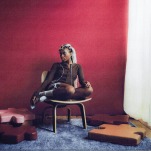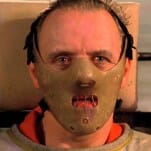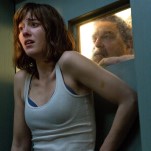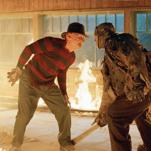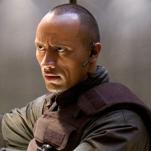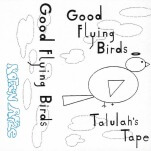John Wick: Chapter 4 Splays Lifetimes of Genre Cinema Spectacularly across the Screen
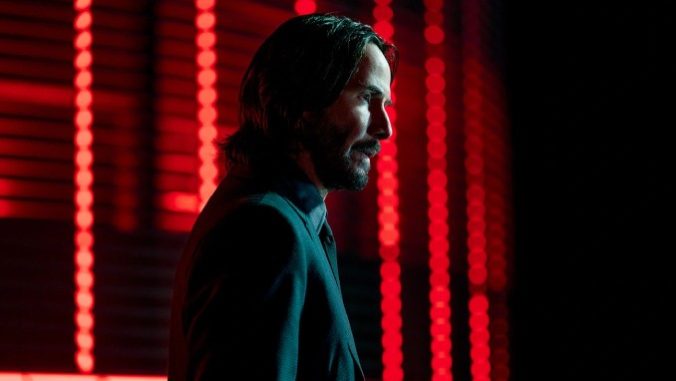
Early in John Wick: Chapter 4, our titular Baba Yaga—played by Keanu Reeves after a decade as a near-mute terminator monk, his monastic frock a fine three-piece bulletproof suit and his tonsure a greased-down mane the color of night—is still in hiding following Chapter 3’s cliffhanger. Of course, an ever-increasing bounty on his head hasn’t stopped him from continuing to murder a lot of people, including the Elder (George Georgiou), who’s not the same Elder from Chapter 3, because, as this new Elder explains, he killed the last guy and took over, as the Elder did before that guy, and the Elder before that guy did to the guy before that guy.
The convoluted hierarchy of the John Wick Murderverse exists only to multiply and grow more convoluted: In Chapter 2, no one sat above the High Table, except for, as introduced in Chapter 3, the Elder, who sits above and also beside it, but apparently has his share of problems. Just as the membership of the High Table is susceptible to sociopathic sibling rivalry (see Chapter 2), there will always be another Elder to kill, another personal war to wage, another henchman to shoot repeatedly in the face. “No one, not even John Wick, can kill everyone,” we hear said in an awed tone. But no, he must kill everyone. This is what we want and this is how this ends, how John Wick can be free: He kills the whole world.
As such, Chapter 4 would not be a Wick movie without casually retconning the immutable truths of the previous film. It no longer matters that Winston (Ian McShane), manager of the New York Continental Hotel, betrayed “Jonathan” in Chapter 3’s final moments by shooting him off the roof, nor that the High Table’s power was easily proven malleable by one guy with exceptional guns. In Chapter 4, Winston is still punished, the High Table is still vulnerable and all responsibility for cleaning up their mess in New York is abdicated to the Marquis de Gramont (Bill Skarsgård, typecast as chilling), who intends to wield his endless resources and disposable army of mercenaries to find and kill John Wick once and for all. Why does the High Table just up and decide to fragment its power even further when it’s already weakened? None of this makes much sense, but this is what we want.
-

-

-

-

-

-

-

-

-

-

-

-

-

-

-

-

-

-

-

-

-

-

-

-

-

-

-

-

-

-

-

-

-

-

-

-

-

-

-

-









